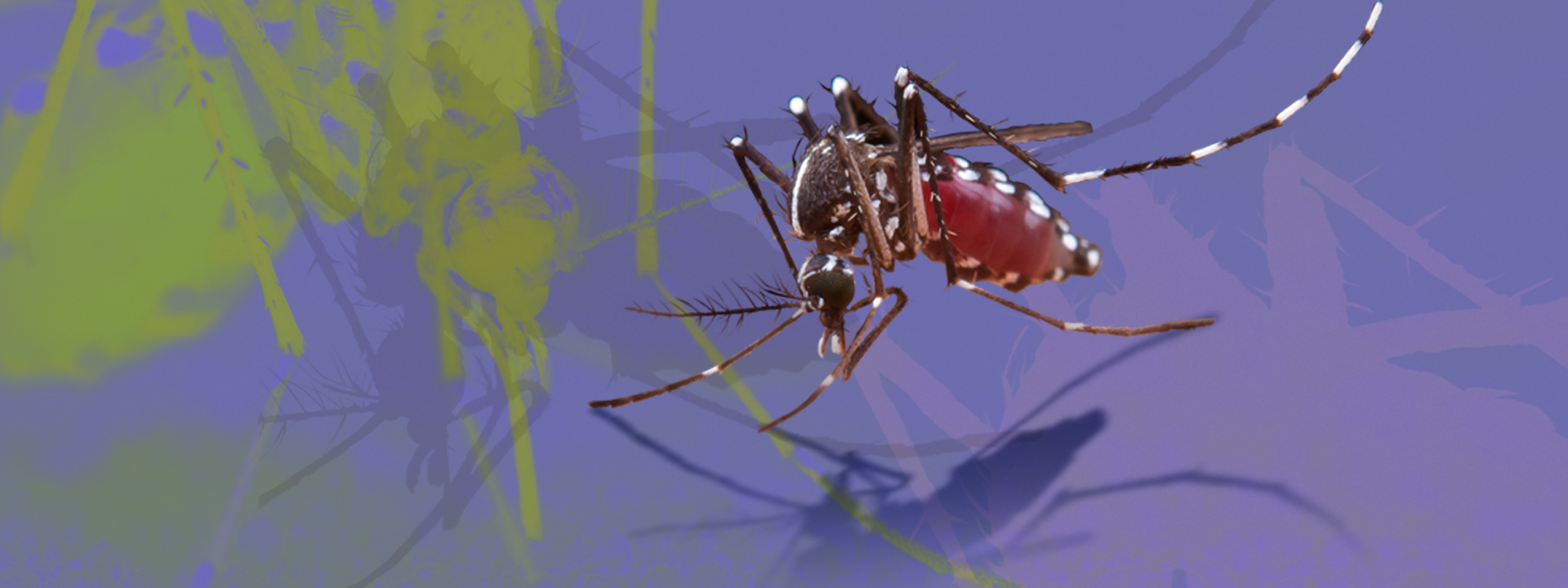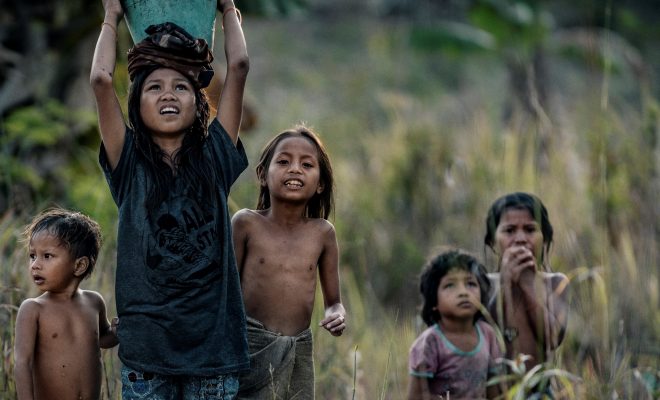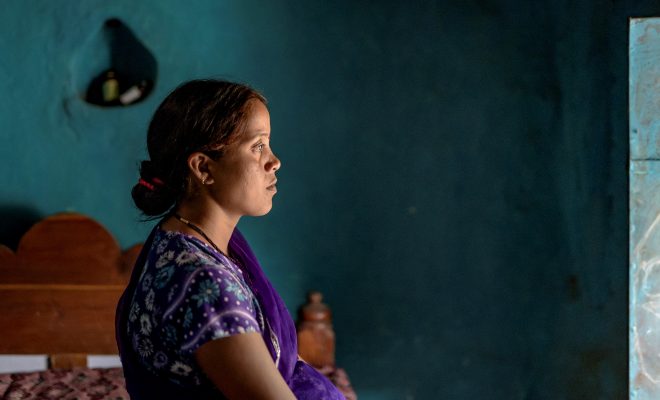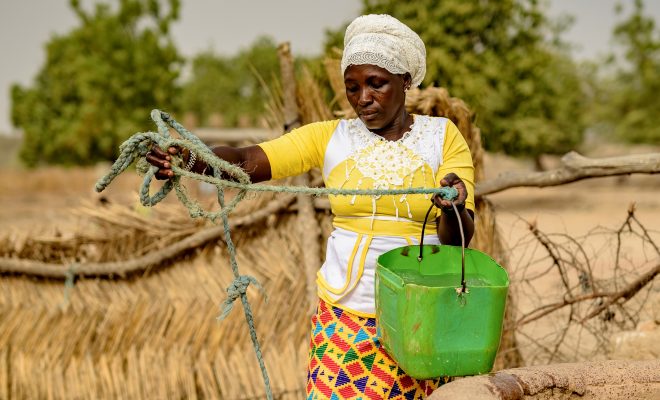According to the Pan American Health Organization (PAHO), countries in the southern region of the Americas are expected to experience a record-high incidence of dengue fever this April. Dengue fever is a viral disease transmitted by Aedes mosquitoes. Last week, the Argentinean health ministry reported 106 deaths and over 151,000 confirmed cases of the disease.
Public health officials are alarmed by the situation, noting a shift in the epidemiological patterns of the disease. Previously, the country’s northern provinces experienced dengue cases mainly during the hottest and most humid months (between December and March, the austral summer), making it an epidemic occurrence. There are now cases throughout the year indicating that dengue has become endemic in these areas.
Epidemiologists attribute the virus spread pattern change to rising temperatures linked to climate change and the El Niño phenomenon observed in 2023. This shift threatens Argentina’s typically cooler southern regions, usually unaffected by the disease.
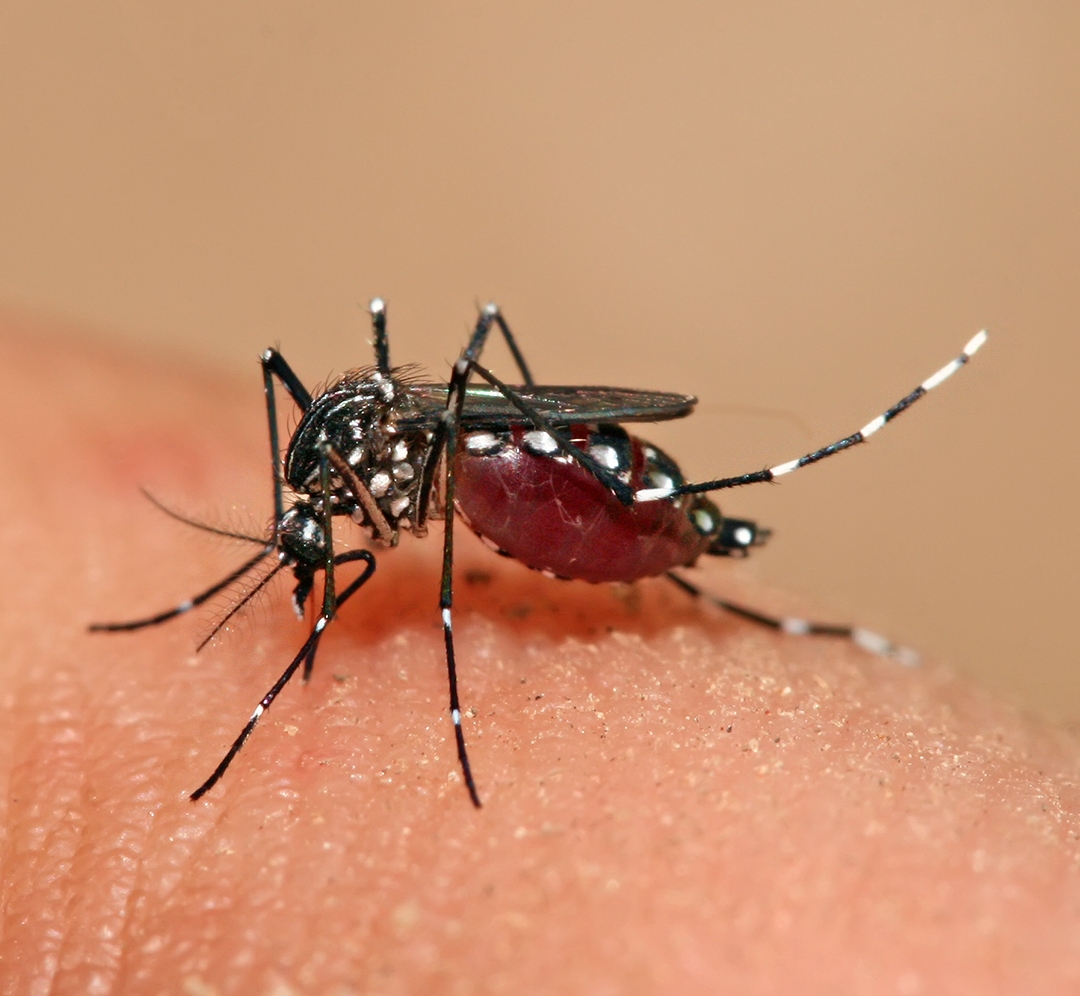
Argentina is currently experiencing its most severe dengue outbreak on record. © Muhammad Mahdi Karim
A Virus on the Rise Worldwide
This supports the World Health Organization’s (WHO) warning issued last December regarding the significant increase in global dengue incidence over the past two decades. Between 2000 and 2019, reported cases rose dramatically from 500,000 to 5.2 million—a tenfold increase. In 2019, there was an unprecedented peak, with cases reported in 129 countries.
Following a decline coinciding with the COVID-19 pandemic, 2023 experienced a global resurgence of dengue fever characterized by a significant increase in the number and scale of cases. This resurgence was marked by multiple outbreaks spreading to regions not traditionally affected by the disease. In 2023, dengue transmission reached an unexpected peak, nearing an all-time high, with more than five million cases and over 5,000 deaths reported across more than 80 countries in Latin America, the Caribbean, Southeast Asia, India, Western Pacific archipelagos (including Australia), and Africa. Nearly 80% of these cases (totaling 4.1 million) were reported in the Americas, where cyclical epidemics typically occur every three to five years. Brazil led the Americas with nearly three million cases and over 750 deaths, according to data from the Pan American Health Organization (PAHO) in 2023.
A Mosquito That Thrives in Small Puddles
Contrary to common belief, the mosquito that transmits dengue does not breed in natural bodies of water like rivers and lakes. Instead, the insect lays its eggs in clean water reservoirs found in artificial containers such as pools, flower pots, buckets, and any outdoor item that can collect water, including the seemingly harmless dishes under household flower pots.
As a result, it is abundant in urban and semi-urban settings, particularly in areas below 2,300 meters above sea level and with average temperatures of 20-25ºC. Dengue is prevalent in regions situated in tropical and subtropical climates. According to the World Health Organization (WHO), approximately half of the world’s population is at risk of contracting dengue fever.
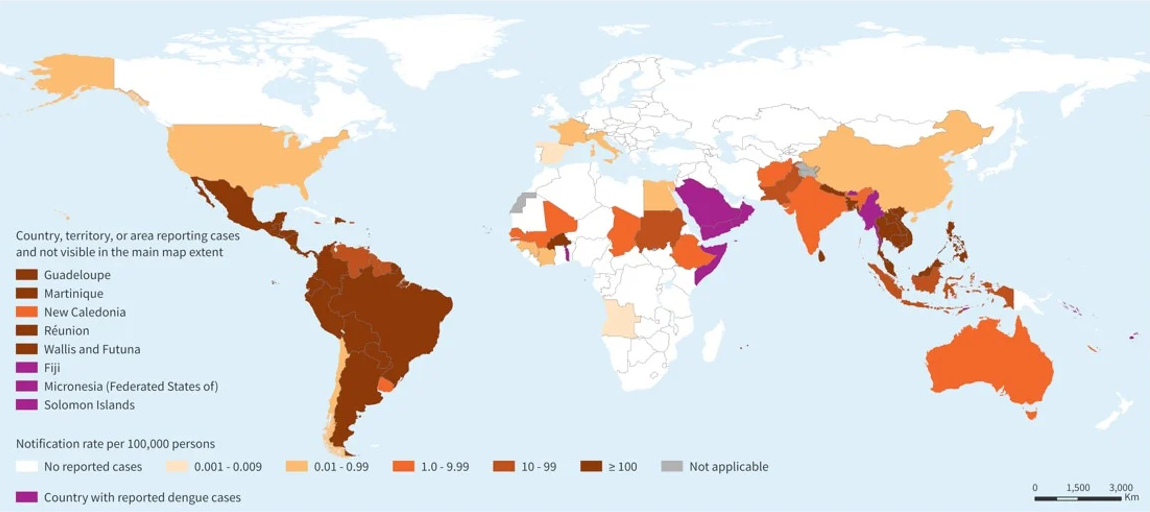
Map showing reported autochthonous dengue cases from November 2022 to November 2023. Source: World Health Organization, Europe Centre for Disease Prevention and Control. Map: WHO Health Emergencies Programme.
The Most Malnourished Are the Most Vulnerable
In countries where it is not prevalent, there can be confusion between dengue fever and malaria because both diseases are transmitted by mosquitoes and share similar symptoms. However, their causes are quite distinct. The mosquito that transmits dengue belongs to the Aedes genus, whereas the mosquito responsible for malaria is of the Anopheles genus. Furthermore, dengue is caused by a virus, whereas a parasite causes malaria. The treatment approach for dengue fever primarily focuses on managing symptoms and ensuring proper hydration. In contrast, malaria treatment involves using specific medications to kill the parasites responsible for the infection.
Most dengue cases are mild, and patients recover completely with appropriate treatment. However, in severe cases or dengue hemorrhagic fever, the disease can be life-threatening. Epidemiological studies have estimated that the mortality rate of severe dengue ranges from 1% to 5%, although it can be higher in regions with limited health resources and inadequate medical care.
As is typical in all epidemics, the most vulnerable communities are often the most disadvantaged. This vulnerability is particularly evident in abandoned semi-urban areas and in the slums of large cities, where the prevalence of open containers greatly facilitates disease spread. Even with the increasing use of rainwater harvesting systems as a supplement or alternative to inadequate water supply, it is crucial to implement health measures to prevent storage cisterns from becoming breeding grounds for mosquitoes or other insects.
These slum areas are also populated by individuals who are immunologically compromised due to malnutrition, and they often have limited access to healthcare resources. According to the World Health Organization (WHO), mortality rates in impoverished areas can be as high as 30-40% if dengue cases are not promptly diagnosed and treated during the critical phase of the illness.
Increasing Detection Capacity
Brazil, Argentina, and Paraguay are improving efforts to control infection vectors and train health workers to detect the most severe symptoms early. Not all states have the same capacity to detect endemic and epidemic dengue transmission and act effectively. Many can treat cases, but some are not required to report them, creating uncontrolled pockets of vulnerability.
The World Health Organization (WHO) explains that a widespread shortage of resources hinders the ability to respond effectively to multiple simultaneous outbreaks. This includes a lack of quality diagnostic kits for early detection, insufficient trained clinical and vector control personnel, and limited resources for implementing interventions in at-risk populations and promoting community engagement. Urgent action is needed to intensify advocacy efforts and mobilize resources through an integrated approach. Decision-makers in affected countries within these regions must prioritize response efforts and allocate resources to combat the spread of diseases like dengue fever effectively.
Controlling Stagnant Water
In addition to enhancing public health efforts in detection and treatment capacity, reducing the spread of the virus by eliminating mosquito breeding sites is a crucial aspect of combating the epidemic effectively. This requires active community involvement and participation.
Vector control strategies targeting both mosquito larvae and adult mosquitoes are essential for combating dengue transmission. These strategies focus on monitoring the environment and eliminating breeding sources of mosquitoes. A key priority is reviewing and addressing typical water storage practices in dengue-prone areas. Aedes mosquitoes, the vectors for dengue, prefer laying eggs in clean, shallow water. To prevent mosquito breeding, the World Health Organization (WHO) recommends regularly draining and cleaning all household water storage containers, including those stored under cover, every week and applying pre-qualified larvicides to non-potable water at recommended doses to eliminate mosquito larvae.

Vector control strategies targeting both mosquito larvae and adult mosquitoes are essential for combating dengue transmission. © Freepick
Specific experiences highlight the critical role of household-level control over water exposure to mosquitoes, both within homes and in surrounding areas. Establishing committees to identify and eliminate small puddles of rainwater hidden from view, such as water stored inside abandoned tires, can significantly slow down the spread of the virus. This approach involves raising awareness about responsible water usage, avoiding wastage, and maintaining good sanitation practices. Increasing understanding of the water cycle ultimately improves environmental awareness and resilience during health crises like dengue outbreaks.


